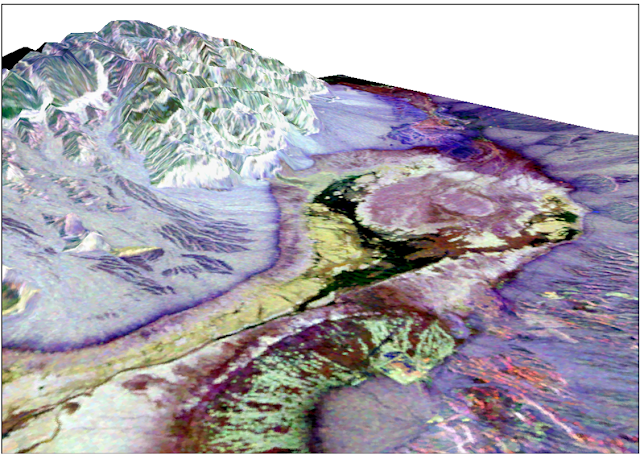Module 2.2 Surfaces Interpolation

The lab for this module involved the different techniques to interpolate a surface from a collection of sample points. The techniques discussed in the lab included Thiessen, Inverse Distance Weighting (IDW), and Spline. The Map below shows the elevation points used in the first part of the lab. The map below shows the surface created using the IDW interpolation. The map below shows the surface created using the Spline interpolation using Tension method. The map below shows the difference between the Spline and IDW interpolation with the elevation points overlayed. The illustrates that the points were in systematic pattern where the points are spaced uniformly across the study area. The smallest differences between the two interpolations are around the sampling locations. The differences between the spline and IDW interpolations increase as we move away from the sampling points. The second part of the lab was to compare the uses of different interpolation of a sample of points represen
